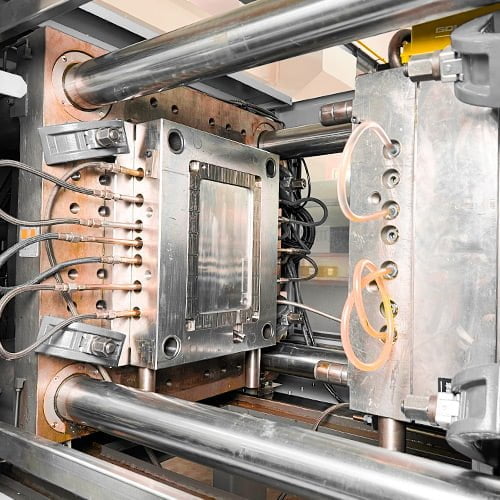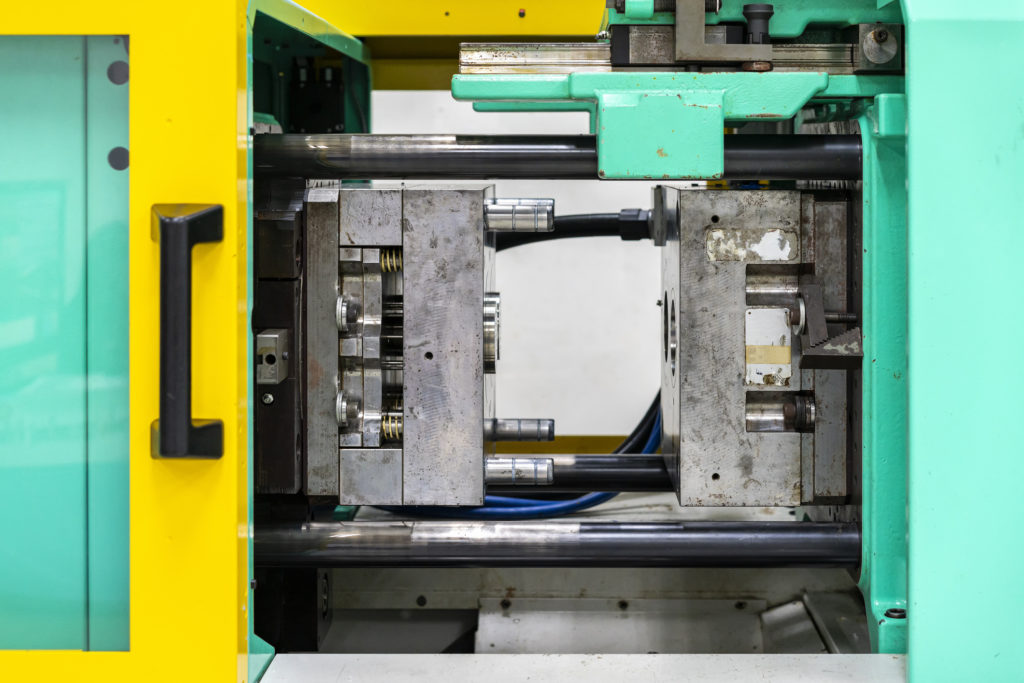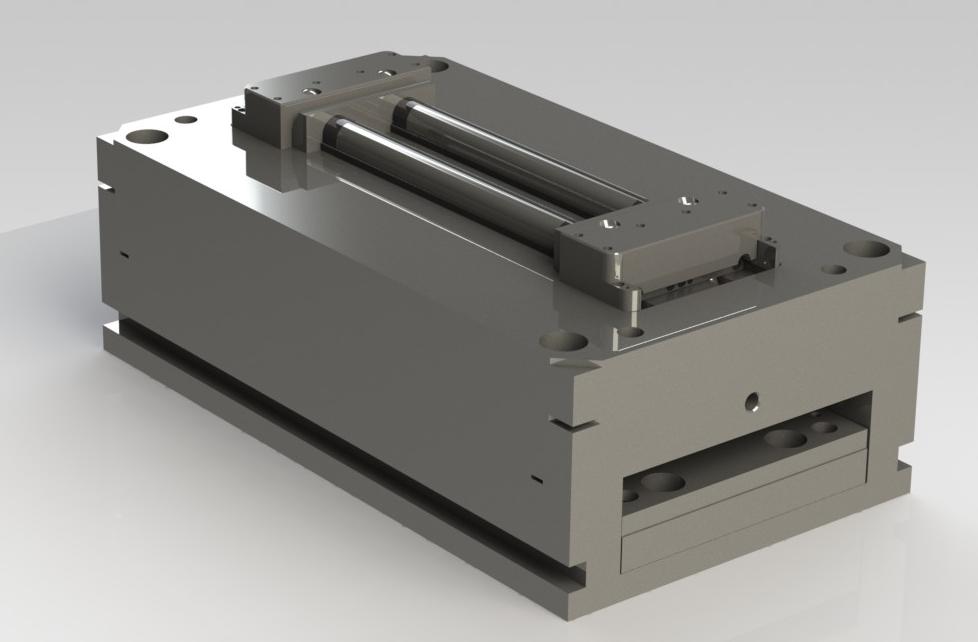The Benefits of Using Plastic Injection Molding for Custom Components Manufacturing
Recognizing the Fundamentals of Plastic Shot Molding Procedures
Plastic shot molding serves as a keystone of modern manufacturing, supplying a methodical strategy to generating complex elements with precision. This process not just encompasses the basic steps of melting and injecting products right into mold and mildews but also entails a nuanced understanding of numerous affecting aspects, such as temperature level and pressure. As sectors progressively demand effectiveness and quality, the intricacies of this approach come to be a lot more essential. Checking out these important elements could disclose how even minor changes can result in significant renovations in production results, questioning regarding the possibility for technology in this well established process.
What Is Plastic Injection Molding?
Plastic injection molding is an extensively utilized manufacturing process that transforms thermosetting and thermoplastic materials right into specific and intricate forms. This strategy is favored for its capability to create high volumes of the same parts with outstanding accuracy, making it a crucial approach in numerous markets, including vehicle, consumer products, and clinical tools.
The process includes melting the chosen plastic product and injecting it right into a mold under high pressure. The mold, created to the requirements of the desired part, allows the liquified plastic to take shape as it strengthens and cools. Once the material has hardened, the mold and mildew is opened up, and the finished component is expelled.
Plastic injection molding provides several advantages, including decreased waste, consistency in production, and the ability to integrate intricate layouts that may be challenging with various other producing approaches. In addition, it sustains a broad variety of materials, each providing one-of-a-kind residential or commercial properties that can be tailored for certain applications. As sectors continue to introduce, plastic shot molding remains at the leading edge, making it possible for the advancement of advanced items that satisfy advancing customer needs.
The Shot Molding Process
The shot molding procedure is an advanced technique that entails several crucial phases to produce premium plastic elements. Originally, plastic pellets are fed into a warmed barrel where they are merged a viscous liquid. This molten plastic is then injected under high pressure right into a precision-engineered mold and mildew, which forms the material into the desired kind.
Once the mold and mildew is filled, the plastic is enabled to solidify and cool down, taking the shape of the mold and mildew cavity. Cooling time is important, as it impacts the cycle time and the final residential or commercial properties of the molded part. After sufficient cooling, the mold opens up, and the completed part is expelled using ejector pins.

Products Made Use Of in Shot Molding
Numerous materials can be utilized in the shot molding process, each offering distinct buildings that deal with particular applications. The most frequently made use of products consist of thermoplastics, thermosetting plastics, and elastomers.

Thermosetting plastics, like epoxy and phenolic resins, undergo a chemical modification throughout the healing process, leading to a rigid, inflexible framework. These materials are excellent for applications requiring high warm resistance and architectural honesty, frequently made use of in electric insulators and auto parts.
Elastomers, including silicone and rubber-based materials, supply flexibility and visit the website resilience. Their special buildings make them appropriate for applications that require flexibility, such as seals and gaskets.
Furthermore, specialty materials like bio-based plastics and compounds are acquiring grip for their environmental advantages and enhanced performance features, widening the extent of injection molding applications in numerous markets. Comprehending the buildings of these materials is vital for choosing the ideal type for certain jobs.
Benefits of Injection Molding
Injection molding sticks out as a highly effective manufacturing procedure that uses numerous advantages for generating intricate get rid of precision. One of one of the most considerable advantages is the capacity to produce elaborate styles that would certainly be difficult or difficult to accomplish with various other approaches (Plastic Injection Molding). The procedure permits thorough attributes and limited resistances, making sure top quality elements
In addition, injection molding is recognized for its rapid manufacturing capabilities, making it an excellent option for high-volume production. As soon as the mold and mildew is produced, components can be generated rapidly, decreasing lead times and boosting overall performance. This performance not only lowers manufacturing costs however likewise provides an one-upmanship out there.
The versatility of products used in shot molding further improves its appeal. A wide variety of thermoplastics and thermosetting polymers can be employed, permitting suppliers to choose materials that finest fulfill their certain needs, including versatility, strength, and warm resistance.
Moreover, the procedure decreases waste, as excess product can typically be recycled and recycled. This sustainability aspect adds to a reduced ecological impact, making shot molding a responsible production selection. On the whole, the advantages of injection molding make it a favored technique for several useful site industries.
Variables Influencing Item High Quality
While countless variables can influence product high quality in shot molding, recognizing these elements is vital for attaining ideal outcomes. Trick elements include product selection, refining specifications, and mold and mildew layout.
Material choice plays a crucial function, as different polymers display one-of-a-kind properties that impact flowability, stamina, and thermal security. Insufficient material option can bring about defects such as bending or insufficient filling.
Handling specifications, including pressure, temperature, and cycle time, must be carefully regulated. Variants in these settings can result in inconsistencies in part dimensions and surface coating. For circumstances, exceedingly high temperature levels may trigger degradation of the polymer, while inadequate stress can result in short shots.
Mold style is equally crucial, as it determines the circulation of the molten plastic and the cooling process. Inadequately developed mold and mildews may result in unequal air conditioning rates, leading to residual tensions and dimensional mistakes.

Conclusion
In verdict, plastic shot molding works as a crucial manufacturing process that makes it possible for the reliable production of top quality elements. Proficiency of the shot molding procedure, including the understanding of products and the influence of various elements on item high quality, is important for accomplishing optimal outcomes. The advantages of this technique, such as cost-effectiveness and design versatility, more emphasize its importance throughout multiple industries, solidifying its condition as a preferred option for high-volume production.
Plastic injection molding serves as a cornerstone of modern-day production, supplying a methodical method to generating complicated elements with precision.Plastic shot molding offers several advantages, consisting of lowered waste, uniformity in manufacturing, and the ability to integrate detailed layouts that might be testing with various other producing methods (Plastic Injection Molding). As industries proceed to introduce, plastic injection molding continues to be at the leading edge, making it possible for the growth of advanced items that meet developing consumer demands
The injection molding procedure is an innovative hop over to these guys method that entails numerous key stages to generate top quality plastic elements.In verdict, plastic injection molding offers as a crucial production process that makes it possible for the effective manufacturing of premium elements.